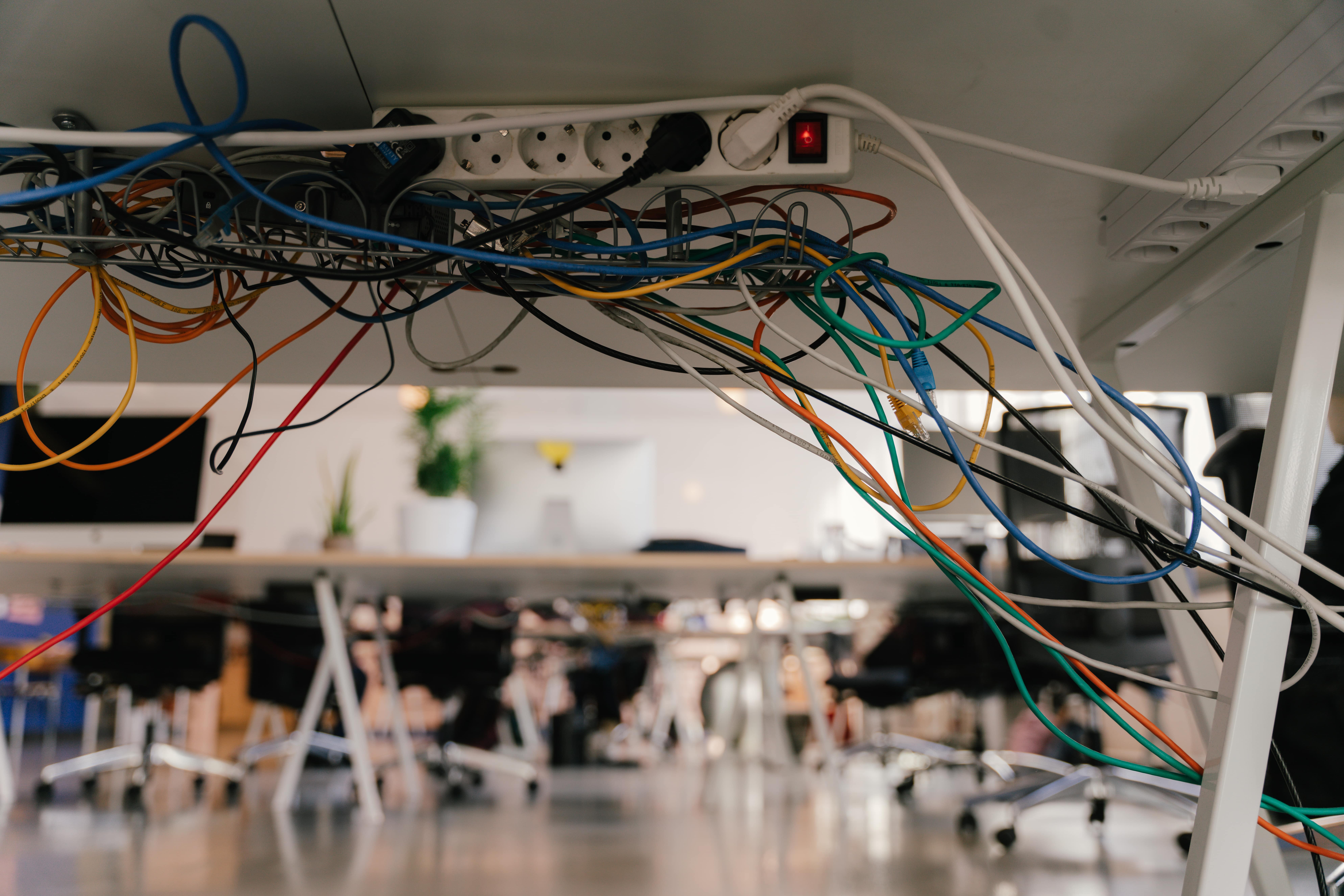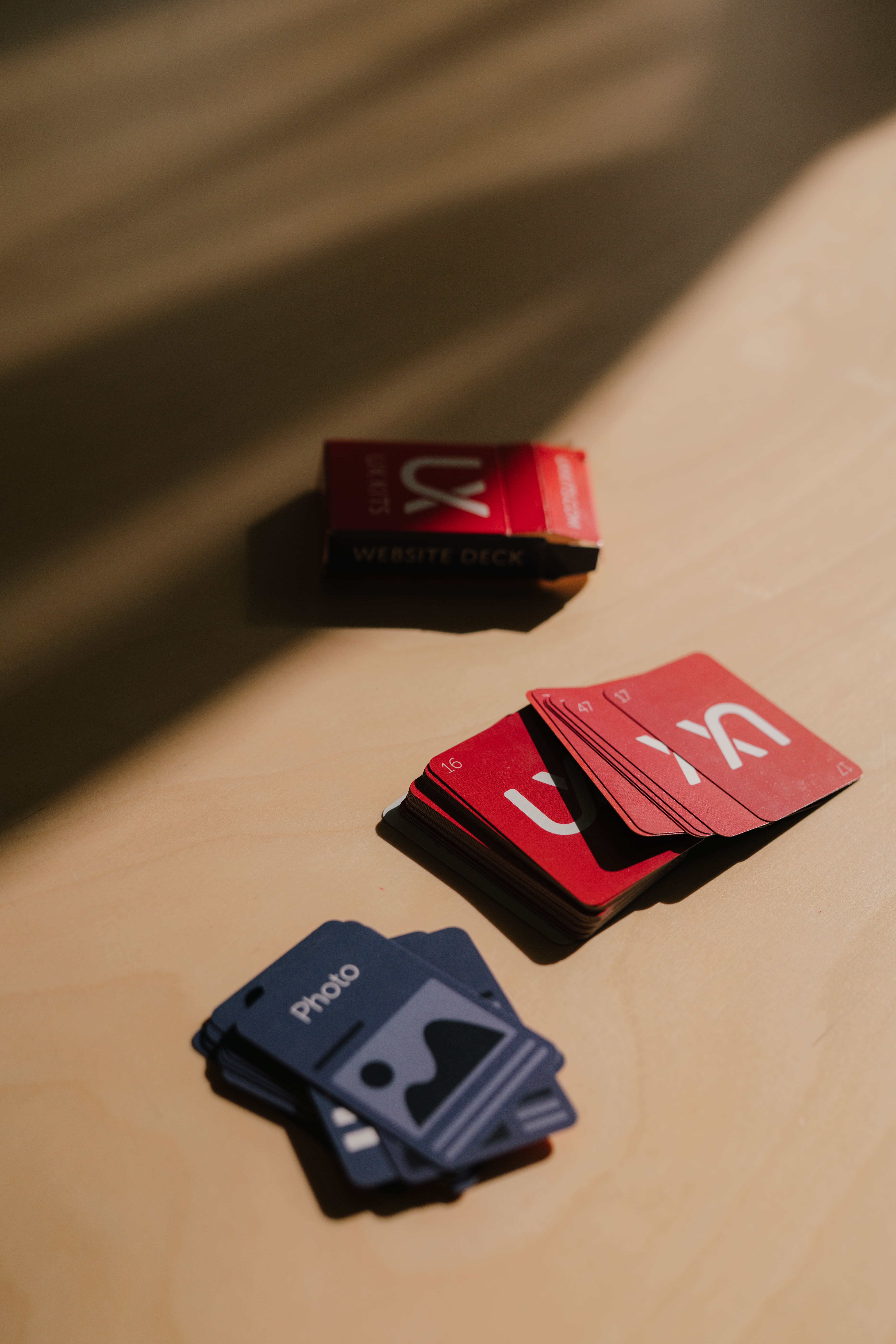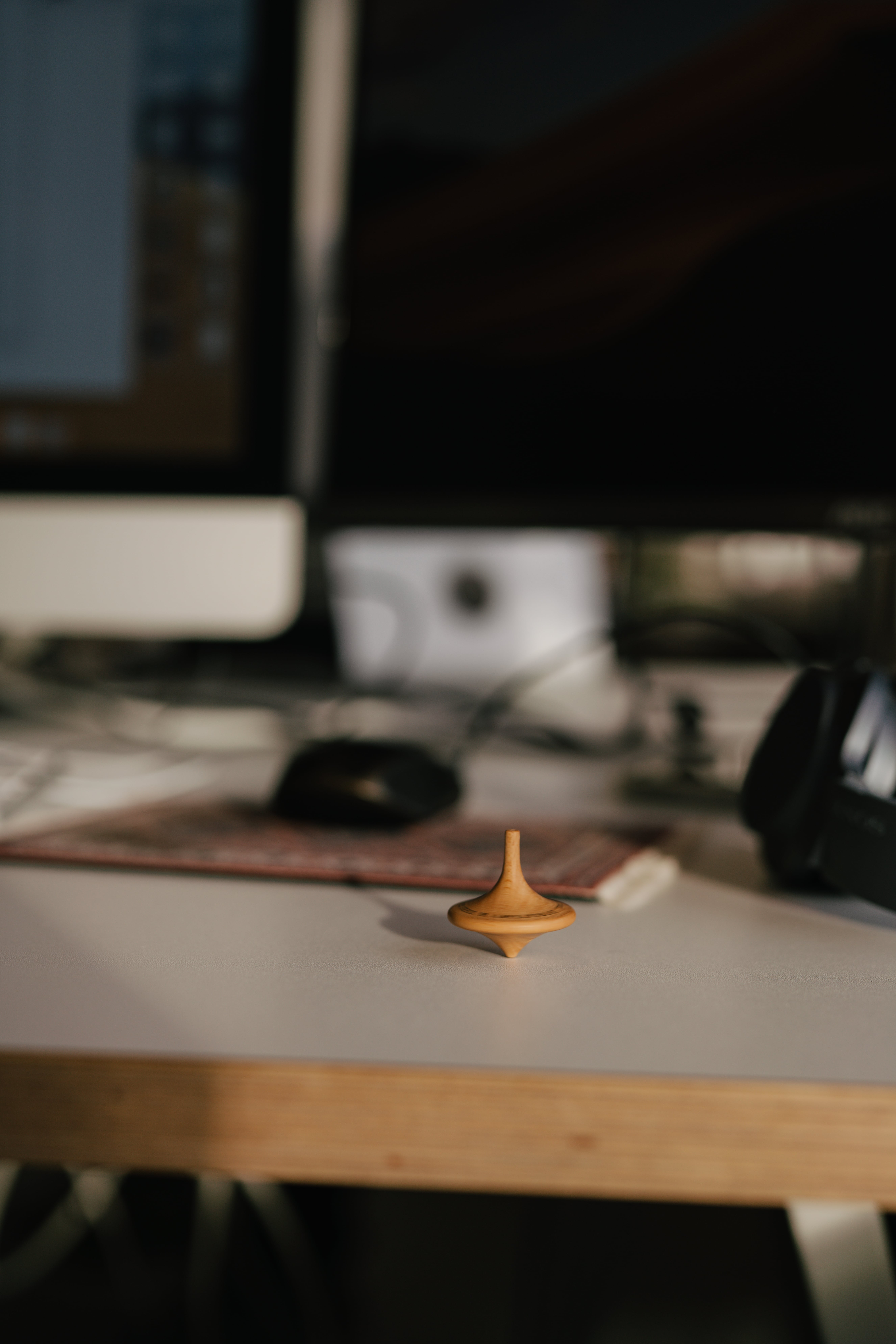As a Digital Design Strategist, Lianne Siemensma finds the balance between client goals, user needs and technical feasibility and turns it into the best possible blueprint for a digital platform. We talk to her about the importance of a user-first approach and the interaction design of the future.

Originally, you studied Architecture. Now you’re a Digital Design Strategist. What happened?
A lot of people are surprised by this, but actually, the way you design a building is quite similar to the way you design a website. In a way, you could see a wireframe as a blueprint for an online space. The thinking processes are quite alike: you’re thinking on both a technical level (can it be built?) and a visual level (what is it going to look like?).
One thing I missed in the architecture field is the connection with the user. I often just got a list of technical requirements, and thought, for whom am I designing this? Therefore, I went on to study Interaction Design. That’s where I learned about the importance of usability testing, user research, and human-centric design. And that’s how I rolled into the digital space.
When we’re talking about user experience, what’s the biggest change you currently see happening?
I think user needs will determine what kind of technologies will come and stay. Currently, the digital and physical worlds are merging. For example, when you look at the fashion industry, you see a lot of stores going exclusively online for a while. But as the need for physical experiences increased, you see brick and mortar stores coming back. Brands use their digital presence more deliberately now.
When you want to order new glasses at the brand Ace and Tate, you can order a try out-package on the website, pick the one you like most, and order them online. I like when brands choose an online interface or physical experience based on what’s convenient for the user, and place it at the right moment in the user journey.
The challenge of the future is how to connect all digital and physical touchpoints in a seamless way. It’s important to keep thinking holistically, because when you change one element, you need to change the other elements that are connected to it as well. You’d have to integrate your digital ticketing system with the physical ticket counter, and connect your physical store to your app. As the challenges will be broader, we need people who can take a step back and oversee everything, as your business will be a system that’s interconnected.


Tell me more about your job. What is it like being a Digital Design Strategist?
Usually, the client comes in with a new brand story or a new brand book, and they need an accompanying website, app or platform. Or they already have a platform, but it doesn’t work well enough: it doesn’t reflect their values anymore, or it doesn’t convert.
As a Digital Design Strategist, I’m in between the brand strategist and the digital designer. I do the strategic sessions with clients at the start of a digital project and try to find the question behind the question. Often, that’s a deeper problem than what it looks like on the surface. I map the client wants and needs, and tie them to the needs of the user. The outcome, I translate into a technically feasible roadmap, which also forms the roadmap for our in-house development team. The digital wireframing process and the visual layer come after that.
In the strategic process, I always try to be an advocate of the user. I want to know: who is going to visit the website? Do they just want to scroll, do they need a lot of information, do they just need to quickly book a ticket? We do a lot of brainstorming together, but we also conduct research in the form of user interviews or data research. What is going well? And what are the opportunities? Those are the questions I try to answer. In the end, my job is to bring the needs of the client and the needs of the user together.

Do you have an example of a project where the client needs and user needs came together perfectly?
One of the projects I’m really proud of is the new digital platform we created for NLIX, one of the top five internet exchanges in the world. They manage critical infrastructure and data centres both in the Netherlands and internationally. You could see them as a huge internet provider, with a lot of big clients like Netflix and KLM.
What NLIX does is hard to understand for most people without using complex technical terms, so it was an immense challenge to make the website a bit more understandable for users. But, as we created the new brand story of NLIX too, we had an opportunity to tell the whole story in a new way. To solve their problem, we created a Starwars-like dashboard. Users can now explore their story, wander around, and learn about something technical in a clear and outspoken way. It’s not just a website, it’s an experience.
That’s exactly why I like the combination of ‘clear’ and ‘outspoken’. If I’d just do my job and create something really clear, the result would probably also be a bit boring. When something is both clear and outspoken, you really get the WOW effect.
What digital design developments do you foresee for the future?
Short term, I think we’re going to work in design systems a lot more. When we create a website at Verve, we also create a design system that the client could use for an app or other digital platforms too.
Longer-term, I think we’ll see the digital and physical world intertwine. The physical becomes digital, and the other way around. Spotify, which is a digital product, recently came up with a physical design you can put in your car on your dashboard for example – a nod to the physical car ‘radio’.
We’re going to see more screenless interfaces, and I’m really excited about all the opportunities that will bring for interaction design. We’re going to use a lot more voice of course, but there are other ways we could work with screenless interfaces too, like hand gestures or even eye-tracking. Our systems might be able to track our faces to know what we want, even before we know it ourselves.

With more and more products entering the digital space, how will that impact our increasingly digital world?
I think as an industry, we’re going to have to take into account digital sustainability. Websites and data centres use a lot of energy, and as digital platforms are taking up more and more space, we need to think about the impact of our work. How can we create more sustainable options? There’s a wave of websites upcoming that are in black and white only, in order to take up less energy. And I think with the upcoming switch to fewer interfaces, it’s something to think about for brands too. When do users need a digital touchpoint, and in what way?
How do you stay up-to-date, given the ever-changing digital landscape?
I like to watch lectures such as Nicer Tuesdays from It’s Nice That – a monthly series where they invite creatives and agencies to share projects and their process. Before Covid-19 most of the lectures were offline, in London or Berlin, for example. As everything is online now, it’s a lot easier to follow great designers and learn from their insights and use them too.
I also like to read or listen to podcasts. Recently I’ve read Building a Storybrand by Donald Miller, because knowing how to tell a story well helps me translate it better to a page too. I’m intrigued by the way people adapt to new technology in certain phases or consumer groups. I’d like to learn a bit more about guiding that process a little bit better.
I’m also fascinated by Behavioral Science. Often the behaviour of people is not matching what people think they want. Using behavioural science and psychology you can learn how to bend certain types of behaviour to the behaviour you would like to see.
You’ve worked on both client-side and agency-side – what made you decide to join Verve?
I found out that I really like the process itself and if you work at an agency you can dive into that process over and over again. When I was looking for a job, I made a list of the most innovative agencies that fitted my goals. I don’t care for show ponies or fancy bells and whistles – the clients and the problems that need to be solved were the most important to me. I liked Verve because the work speaks for itself: it’s clear, straightforward and well-thought-out. It’s not only about a pretty visual layer.

Lianne’s recommendations for further reading + watching + listening:
Read
Figma has a collection of fantastic online resources for every UX/UI designer, like a blog, community and talks. It’s a good resource to learn about design processes and design systems.
In their weekly newsletter, consultancy SUE showcases how Behavioral Science can be used to stimulate desired behaviour. And they offer other great resources too, for free!
UX designer and copywriter Luke Leighfield shares Ten Things you should know about, from Spotify-playlists to articles to film recommendations.
Watch
Right Aligned Events offers a peek behind the scenes at the world’s biggest agencies. Make sure to check out their YouTube-channel, where you can dive into their large archive of previous talks.
Listen
Design Life is a great podcast by two female designers, Femke van Schoonhoven & Charli Prangley. They talk about working in the digital industry in an inspiring and refreshing way.
99% Percent Invisible is a podcast about the unseen technologies, architecture and designs that shape our world. (I’m a big fan of this episode and this mini-series.)
Ready to find out what technology needs to stay? Come work at Verve
